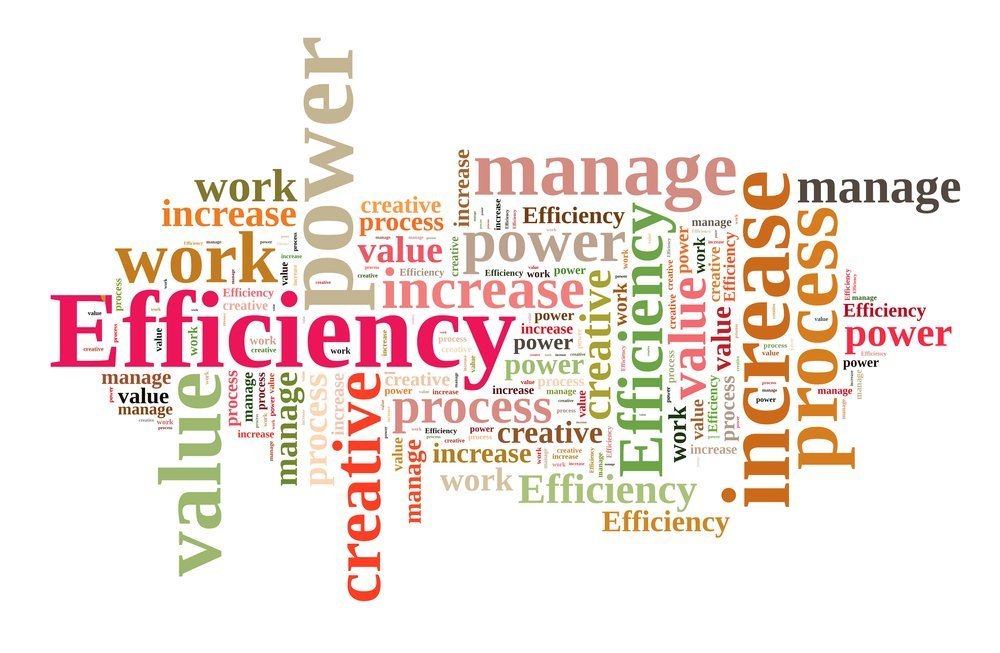All processes within a company have the potential to impact customer experience. However far removed from the customer you perceive a process to be, there is a snowball effect for employees’ (and suppliers’ and partners’) behaviors that can eventually permeate end-users.
Customer-facing employees are only as effective as the rest of the company enables them to be. And customers learn the truth about a company’s customer-centricity as soon as they voice a challenge they’ve encountered in making your product or service work for them. Do all your policies and processes really support superior customer experience?
Boeing’s Airlift & Tanker (A&T) Division has excelled in optimizing customer experience through customer-centric processes. As a winner of the Malcolm Baldrige National Quality Award, Boeing A&T was recognized for process improvements that yielded a ten-fold increase in customers’ ratings of Boeing A&T as “exceptional” over a three-year period.
This huge leap in customer sentiment was the result of a five-year focus on 50 key processes. Boeing A&T’s 7-step approach to customer-centric process management is:
A) Define
1) Define the process (6-10 manageable steps)
2) Establish metrics (from the customer’s perspective)
B) Measure
3) Determine performance (how you are doing)
Recommended for You
4) Analyze process stability (predictable performance)
C) Improve
5) Set goals (where you are going and why)
6) Analyze and plan improvements (how and why you will get there)
7) Implement improvement (get there!)
To earn this massive gain in customer enthusiasm, cycle time was cut by 80% and efficiency improved by 70%. During that period, net asset turnover improved by a factor of seven, and return on sales nearly tripled. Supplier on-time delivery increased from 76% to 99.8%, and A&T’s on-time delivery to the U.S. Air Force was sustained at 100% for three years during this initiative. These achievements by integrated product teams, functional teams, and self-directed teams increased revenue per employee by 60%.
For a detailed description of Boeing’s use of this 7-step approach, see http://www.bptrends.com/publicationfiles/11-05-WP-BoeingATBPM-Garretson-Harmon.pdf
Customer-centric processes are the best strategy for achieving stellar customer experience. A study by the London School of Economics examined the revenue gains by increasing positive word-of-mouth and by reducing negative word-of-mouth. They found that reducing negative buzz pays off 300% over improving positive buzz. Negative buzz is caused by mis-alignment of products, services, policies and processes with customer priorities. Make sure your policies and processes are indeed customer-centric for the best business results.
Image licensed by ClearAction from Shutterstock.

